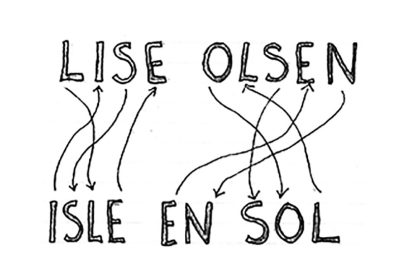This is the documentation of my sound Installation from the exposition I had at WASPS in Dundee. I not sure how I feel about it… The film does not feel as immersive as it did when listen to the sound under the canopy.
We Must Walk: An exposition…
We Must Walk: An exposition of the in-between experiences that happen while walking in the Scottish landscape. The work aims to present the traces of what is hidden and reveal ephemeral moments using sound, image, and text.
I presented my practice and research at the Medowmill Studio, WASPS Dundee, during the Ist week of March 2022. It was a wonderful experience, however, I had forgotten how much work it involved.
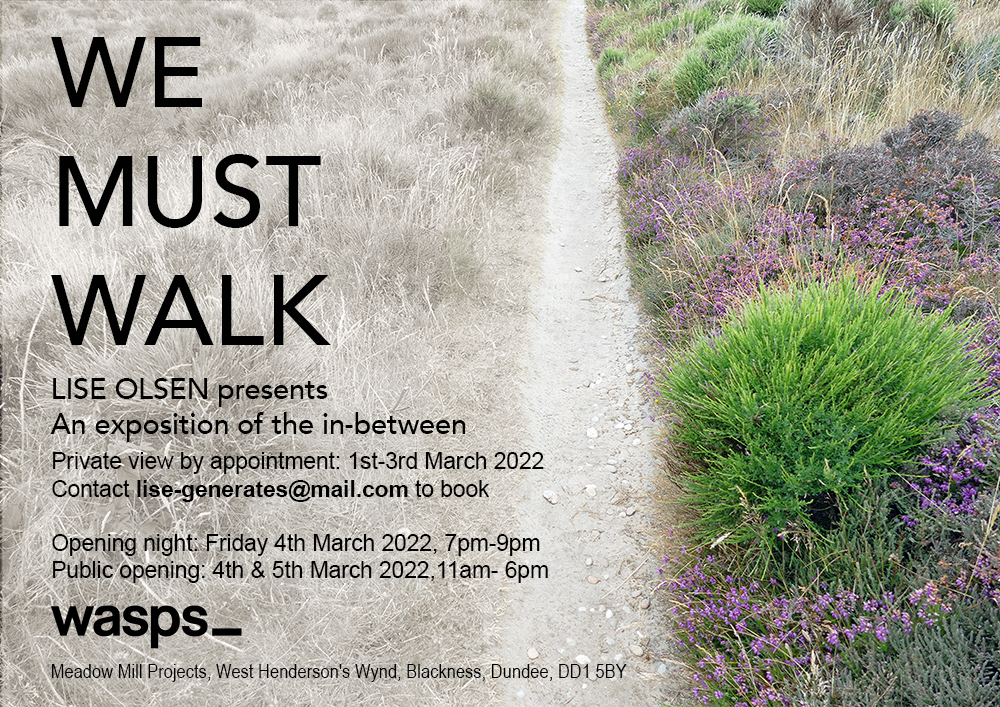
My practice-based Ph.D. explores the in-between experience that happens within immersive soundscapes. I believes that by defining the in-between, we can reflect on the ideas of space/time and our embodied experience. In July 2021, I became the artist in residence for The Moray Way and I been walking the 100-mile long circular route, collecting stories from the community and defining the in-between experiences happening within a dramatic Scottish landscape.
My time at WASPS was spent exploring the space and I created a sound installation. The focus of the work was on liminal moments recorded while walking, for example, everyday feelings, memories, and atmospheres. I believe these things are so fleeting and familiar they are often missed. I am currently working on a video as a way of documenting the sound installation. Until then here are some images of how it looked.
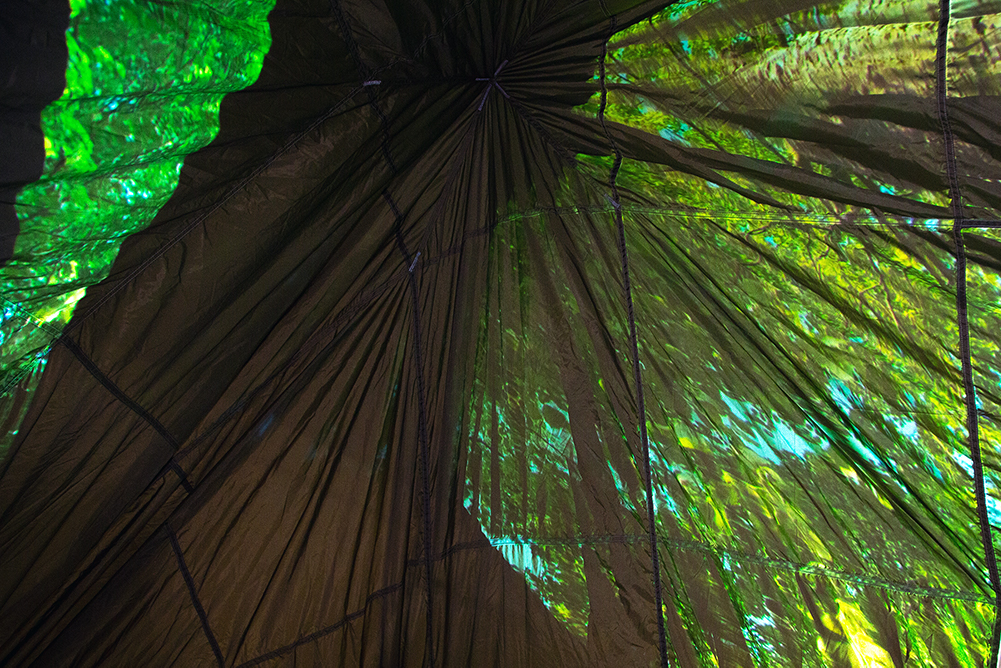
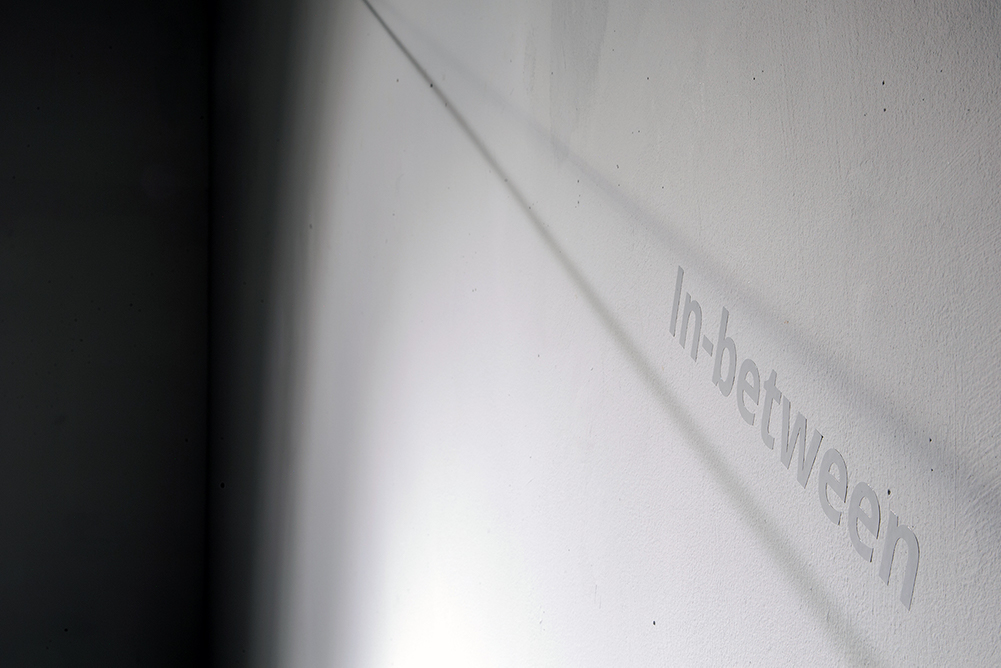
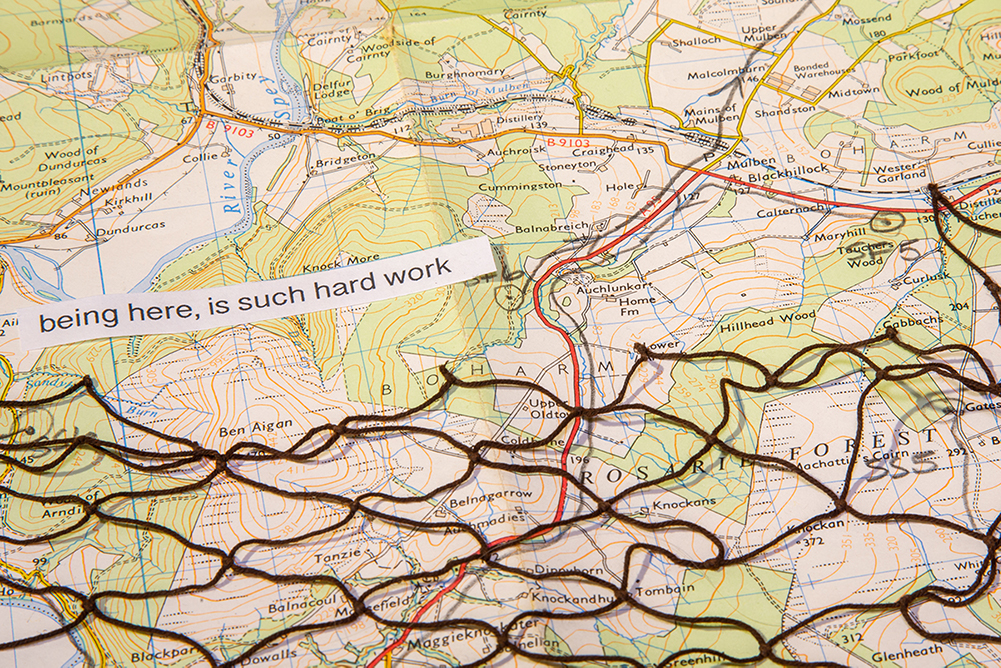
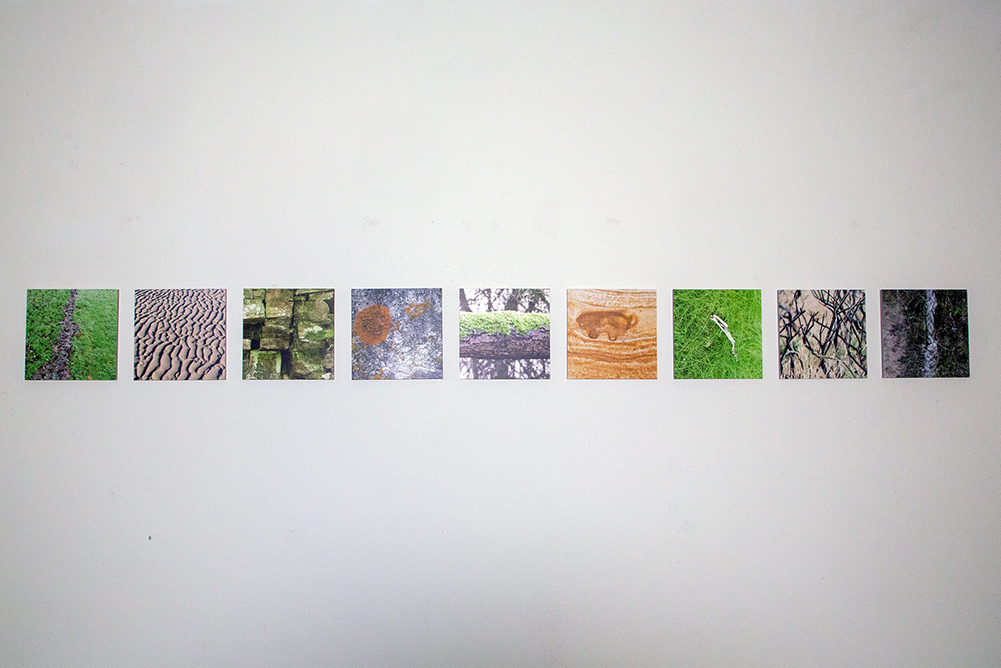
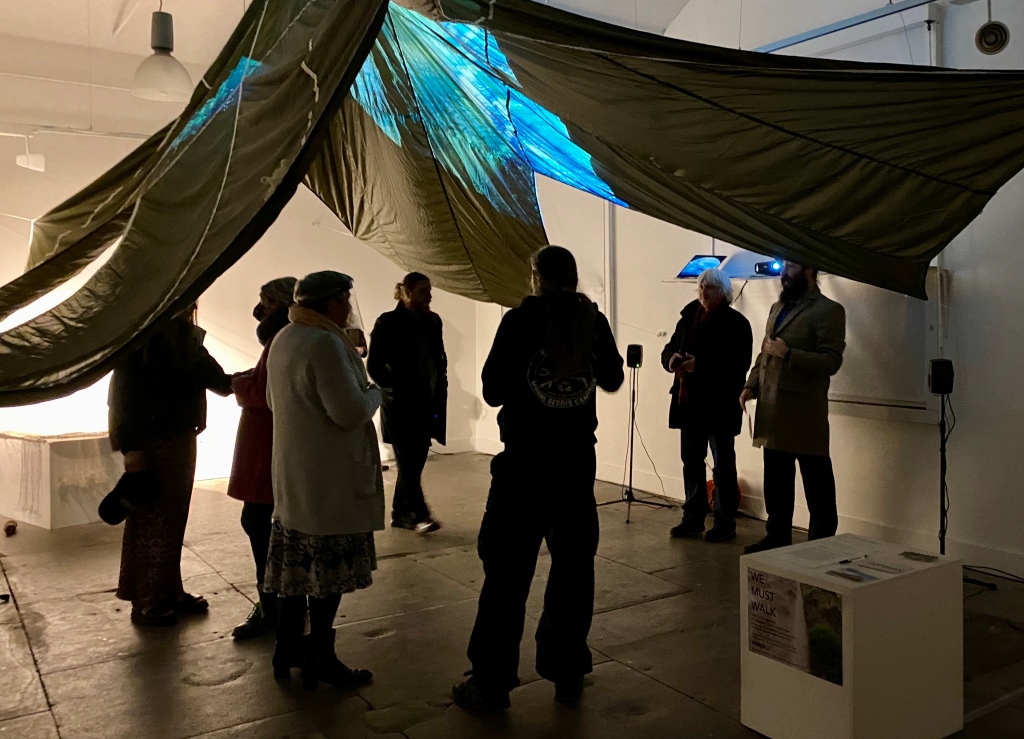
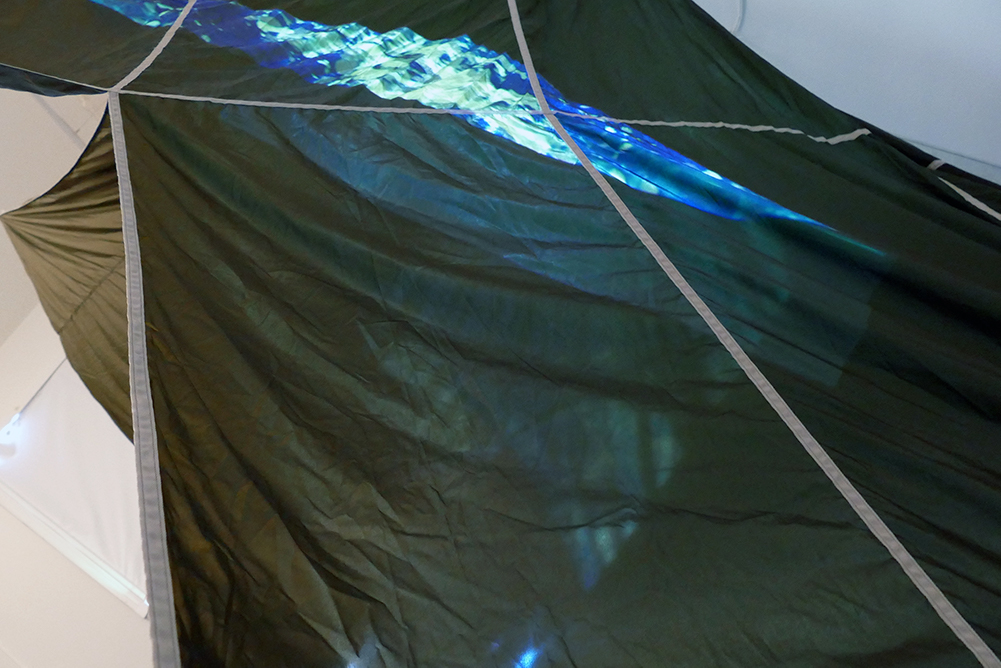
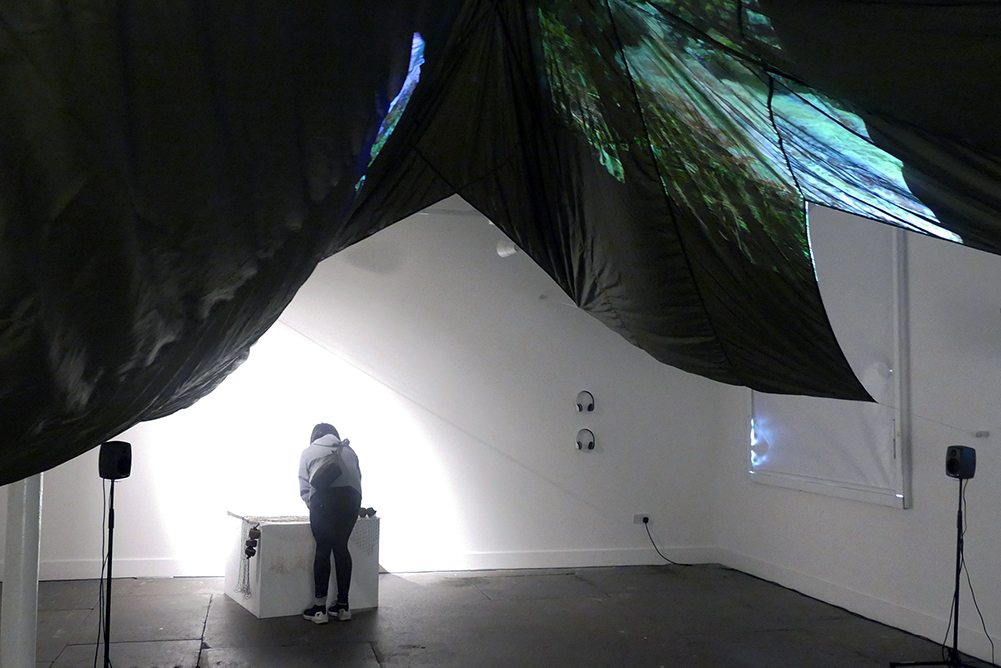
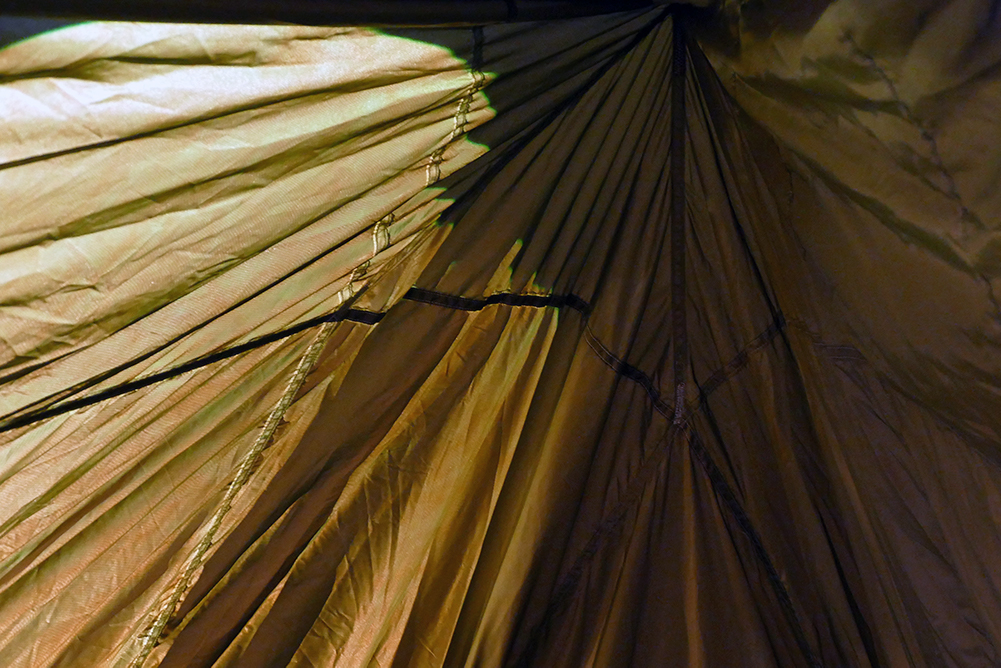
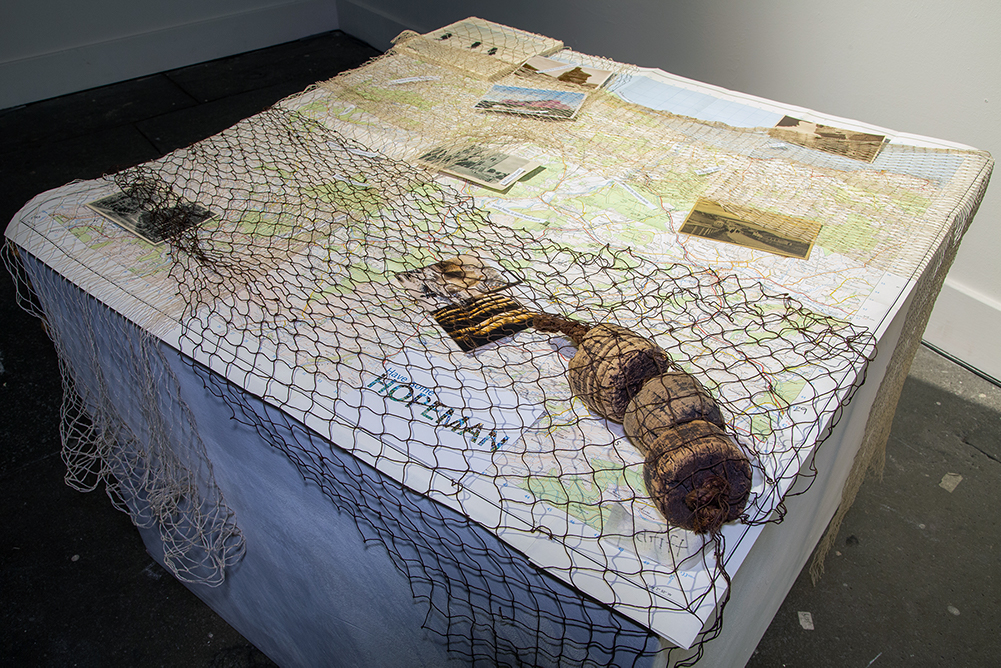
A Twilight Walk
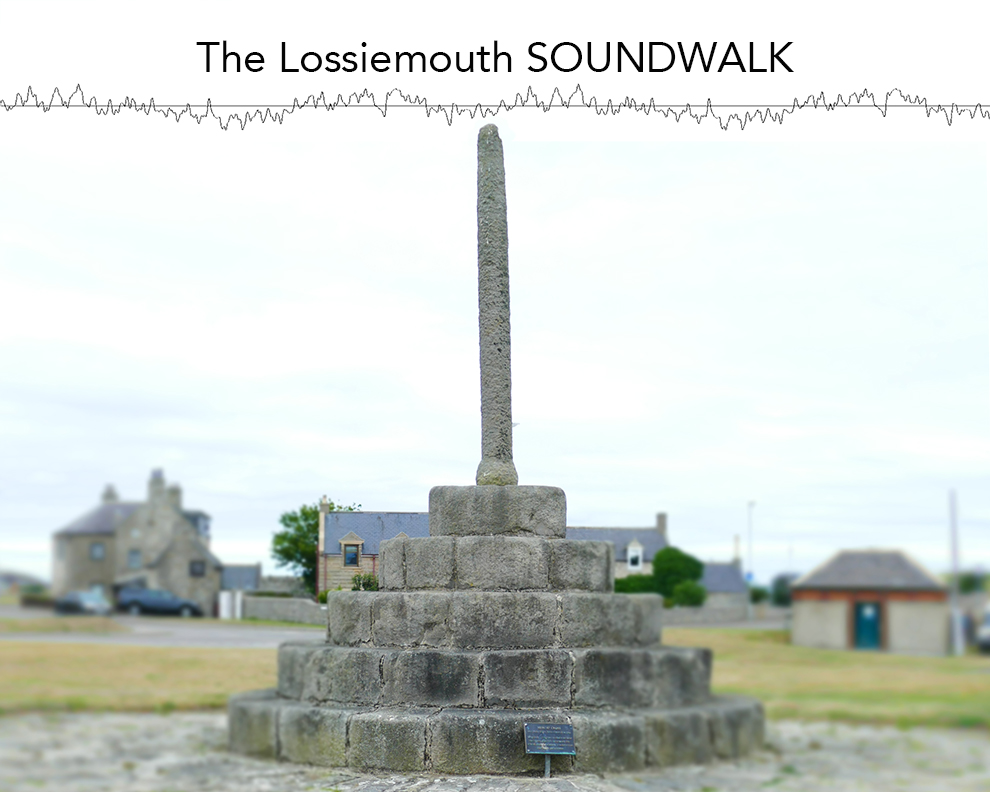
The Lossiemouth Soundwalk is a slow-guided walk and listening experience created for the Moray Walking and Outdoor Festival. A twilight walk, listening to sounds on headphones that unexpectedly create weird and eerie feelings!
Every town has its unique acoustic environment and this sound changes depending on the time of day. This event allows people to listen to a sound composition on headphones as they walk. They will hear a mix of sounds recorded during the long summer days at Lossiemouth as they navigate the streets and pathways of the town. The field recordings capture the noise of people, wildlife, and the environment. This evening walking experience has a ghostly atmosphere adding an unusual element to a coastal town walk.
This event is part of the AIM (Arts in Moray) Residency Programme, if you are a group (maximum of nine people) who are interested in trying out this walk please email me at
lise-generates@mail.com
Moray Way Artist in Residence
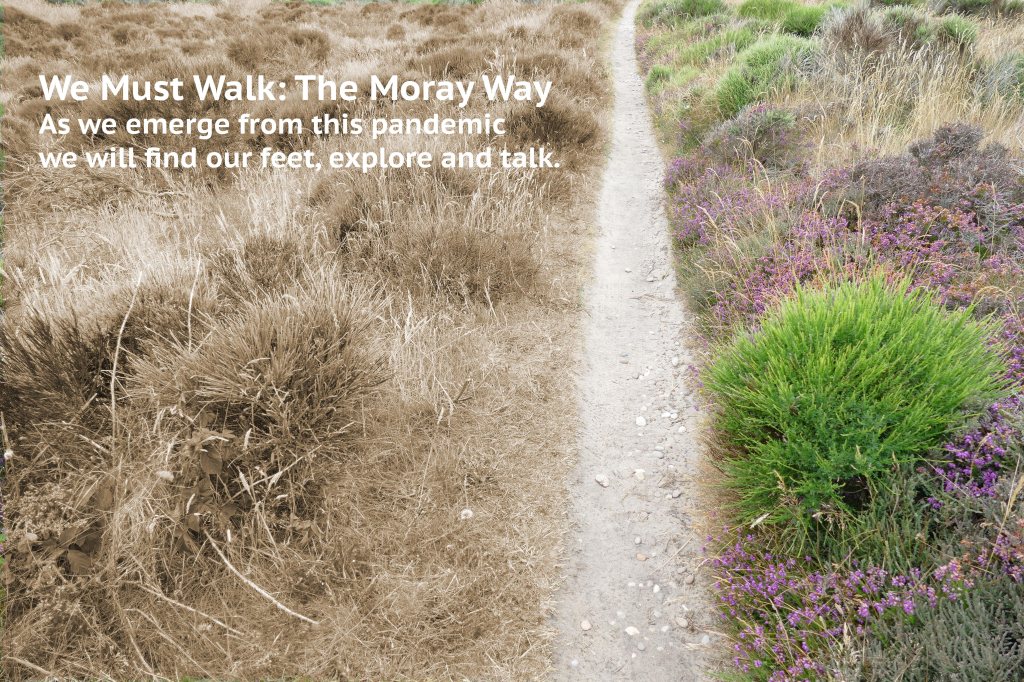
We Must Walk: Over the next 12-month, I will be the artist in residency for the Moray Way Association, a charity organisation established to promote a 100-mile long circular walking route called The Moray Way. An essential part of my process will be to walk and record sound as an opportunity to focus attention on liminal moments, for example, everyday feelings, memories, and atmospheres. These things are so fleeting and familiar they are often missed. The main aim of the residency is to walk, observe, record, and document the journey along the paths that make up the Moray Way. The walk will allow me to connect with people along the route, collect stories from the community and capture the changing seasons of a dramatic Scottish landscape.
Over the coming year, I will be blogging about my experience as I walk one hundred miles. The journey will begin at Forres, where I will walk 30 miles along the Moray Coast Trail, join the Speyside Way for a further 41miles until Grantown-on-Spey and continue my walk along the Dava Way until I return to Forres.
For more information and stories about my journey, please visit the Moray Way website.
We are the threshold people.
The World Health Organization (WHO) on March 11, 2020, declared the novel coronavirus (COVID-19) outbreak a global pandemic. This happening has changed many peoples lives. The anthropologist Victor Turner would describe this as a Liminal space. I believe we are the threshold people, disorientated and in-between.
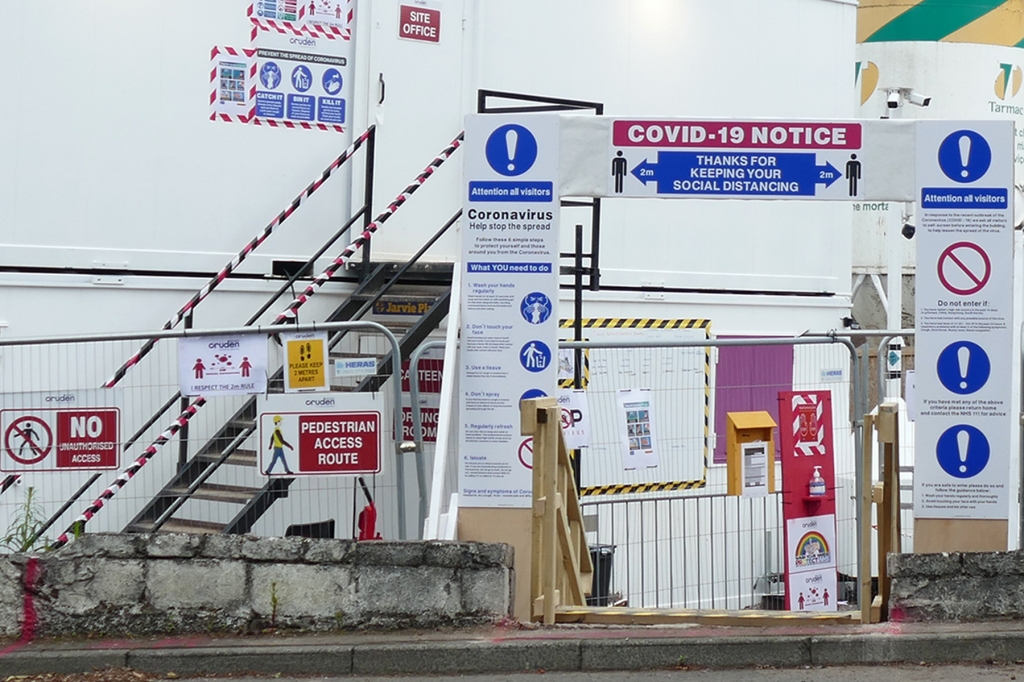
The collective experience of 2020 has been full of uncertainty, this pandemic is a prime example of in-between space. In some ways our lives been put on hold, a pause. The spread of the Coronavirus has directly effected my life and my research; At the start of 2020 I found myself with all planned events and community work for my research, canceled or postpone. With no knowledge on information on a rearranged schedule.
With the realization that covid-19 and lockdown restrictions may continue indefinitely. I started to think about Covid friendly research and embracing the restrictions. Everyday I spent time looking out my window, watching wildlife, people walking and the eerie silence of my world. The landscape had changed, like a pause or an in-between space. I decided to explore this phenonemum in connection to the weird and eerie as a part of my research. My aim to produce a soundscape: A surrealist tale of a weird and eerie Scottish landscape darkened with questions and riddles. I wanted the composition will be a mix of field recordings, fragmented conversation, and electroacoustic music. A representation of people’s stories, landscapes, and atmospheres.
Here is a link to the composition.
The Field Recording Clash: Place v Plasticity

‘Gwaith Sŵn’s Sonic Dart broadcasted an example of the Quarrymill soundscape alongside other artist’s work, on Resonance FM on the 1st March 2021. They discussed the contrasting approaches of using field recording as located sound (place), and field recording as sonic material (plasticity). I found it really interesting to listen to the different ways artist use soundcapes. If your curious they recorded the show which can be herd on Mixcloud on the link below
Confessions Of A Window
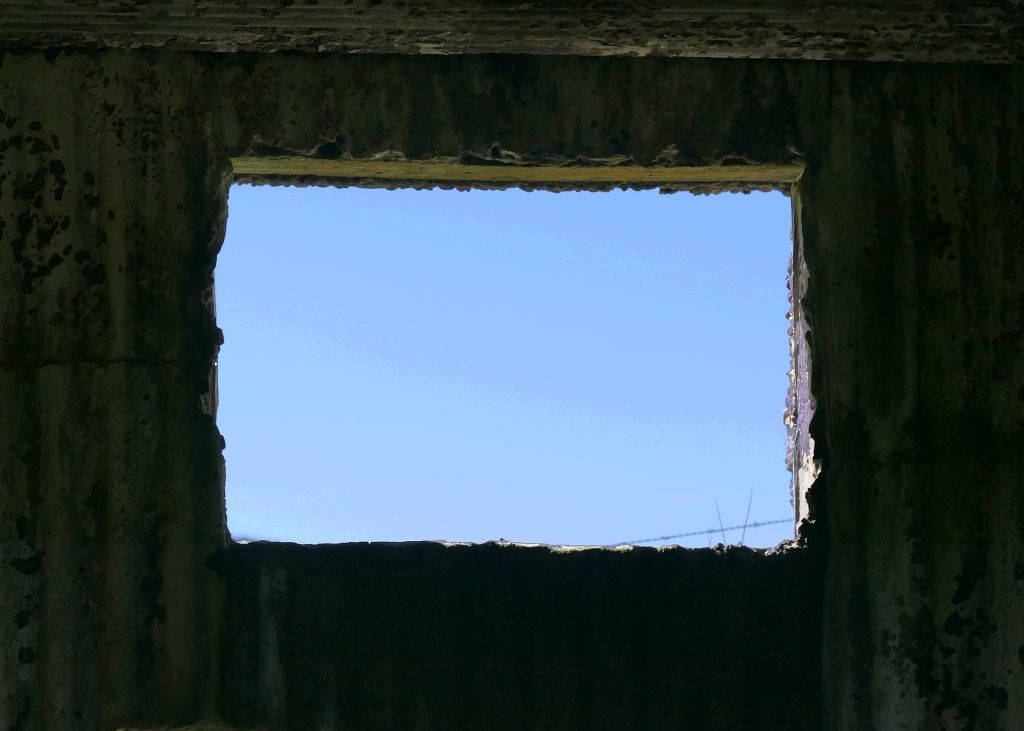
Inside the window, the human will stand, a light gently flickers, There's a resolution in the bright. Through the window, the sound of tapping, a sneaking in or climbing out, Breaking into the murky past. Outside the window, the view into the blue, a street, garden or bay, There's a mystery in the void. But what if there were no windows? the future world never found, a reflection of a mirror-less soul, No freedom for the mind. By Lise Olsen
The Land Beyond Our Window
“The sensation of the eerie clings to certain kinds of physical spaces and landscape….. The weird becomes untendered from any naturalisation or sense of homeliness.” Mark Fisher
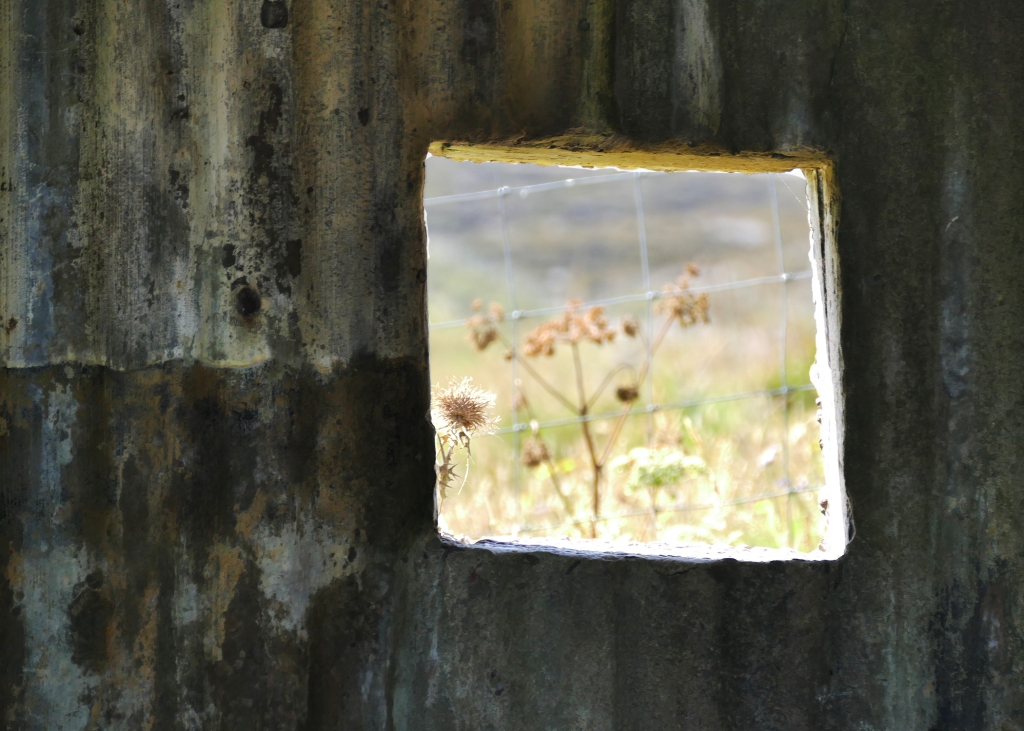
copyright © Olsen 2020
The story begins with the voice of the land, seen through a window beyond our reflection. A threshold or portal into the other world, the land will guide us into sound and light.
Are There No Birds Singing In The Woods Today?
Listening: In-between Focusing and Blurring
“It is important to relize that focussing on something necessarily blurs something else…”[1] F.G Asenjo
I organised a sound activity for some of the children during the August session of Quarrymill Adventures. Each child was given a sound recorder and headphones, and asked to find and record different woodland sounds. RSPB Volunteer Katie, even helped to make a woodland xylophone for the children to play and record!
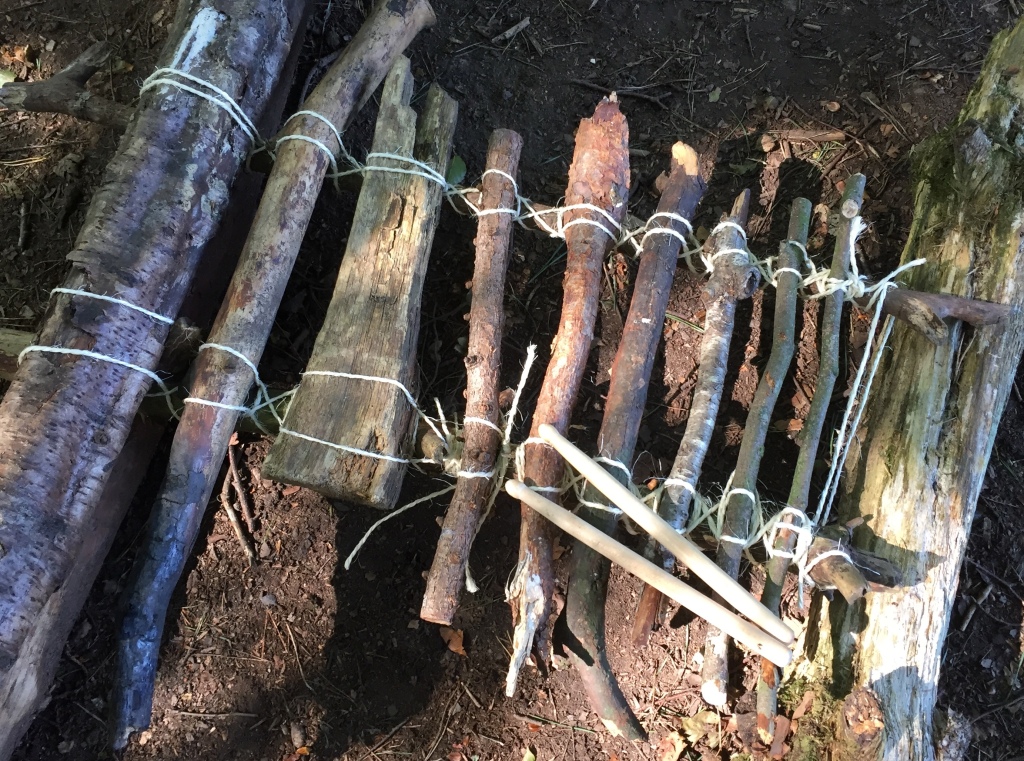
I asked one child to record the sound of a bird singing. After a few minutes, the child came running back and informed me that no birds were singing in the woods today. I was slightly baffled and I stopped for a moment to focus on listening for birds. I heard Crows’ cawing, a Robin chattering, and a Woodpigeon cooing in the distance.
“Can you hear the Crows?” I asked. “No, I can only hear the water from the burn and the wind in the trees,” they replied. I needed to focus the child’s attention so I looked up into the trees. I could see a Coal-tit sitting on a branch. “Can you see the bird in the tree? Listen! It is singing?” I questioned as I pointed towards the bird. “Yes, I hear it tweeting and moving on the twig,” the child replied, as they eagerly pressed the red button on the sound recorder.
I began to reflect on the child’s experience of recording sound. I wonder if the sound of birdsong is so frequent; the sound of water and wind so predominant, they could not focus on listening to the bird singing. The action of listening is very different from hearing. Hearing is an ability we are born with; a passive process of our ears receiving signals at a subconscious level and requires very little concentration. Yet, listening is a skill we learn; an active process of interpreting the signals our ears receive at a conscious level and requires focus and concentration.
By introducing a visual element to the child’s perception (the bird in the tree) it allowed the child to focus on the birdsong. The child needed to blur the background noise of the woodland. They turned their body towards the sound. Their eyes located the sound source to help the ears hear and their mind to focus, filter and interpret the signal. This action presented the movement between focusing and blurring. For this child, the whole body was needed to focus and listen to a selected sound. This selective auditory attention is the ability to focus on a specific sound while filtering out other noises, it is also known as the cocktail party effect[2].
[1] Asenjo, F. G. (1988). In-between: an essay on categories, Center for Advanced Research in Phenomenology & University Press of America, Washington, D.C. P15
[2] Cherry, E. C. (1953). Some experiments on the recognition of speech with one and with two ears. Journal of the Acoustical Society of America, 25, 975–979.
Introducing Quarrymill, a Scottish Woodland in Scone Perthshire
A 360 video with immersive sound, please listen with headphones. (You may need to visit YouTube site to watch the 360 content)
The sound of our natural environment is a symphony of sounds, an encounter full of experiences, feelings, and gestures. This 360-video is being used as an experiment to explore the sounds at Quarrymill and introduce the experience to children.
The post-graduate researcher/RSPB Volunteer, Lise Olsen (University of Aberdeen) has been working with the Community learning officer, Miranda Shepard (RSPB Loch Leven) to deliver the Active Listening Project at Quarrymill in Perthshire.
This video is part of Lise’s research to
• Determine what sort of impacts could be expected to give an understanding of how to create sound work that fits with the RSPB aims and objectives
• Discover how the new immersive 3D sound technologies can be used in RSPB’s public engagement and educational activities.
The sound includes field-recordings, a discussion from a local walker at Quarrymill and readings taken from the John Muir book ‘A Thousand Mile Walk to the Gulf’.
